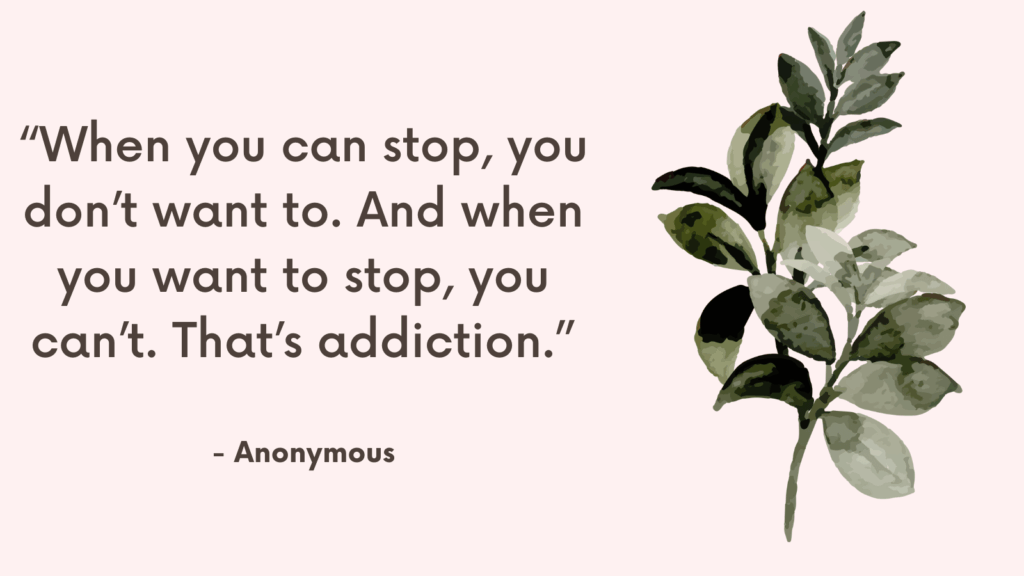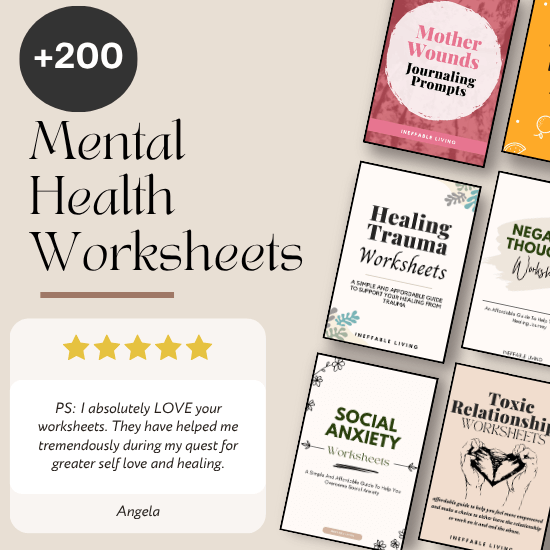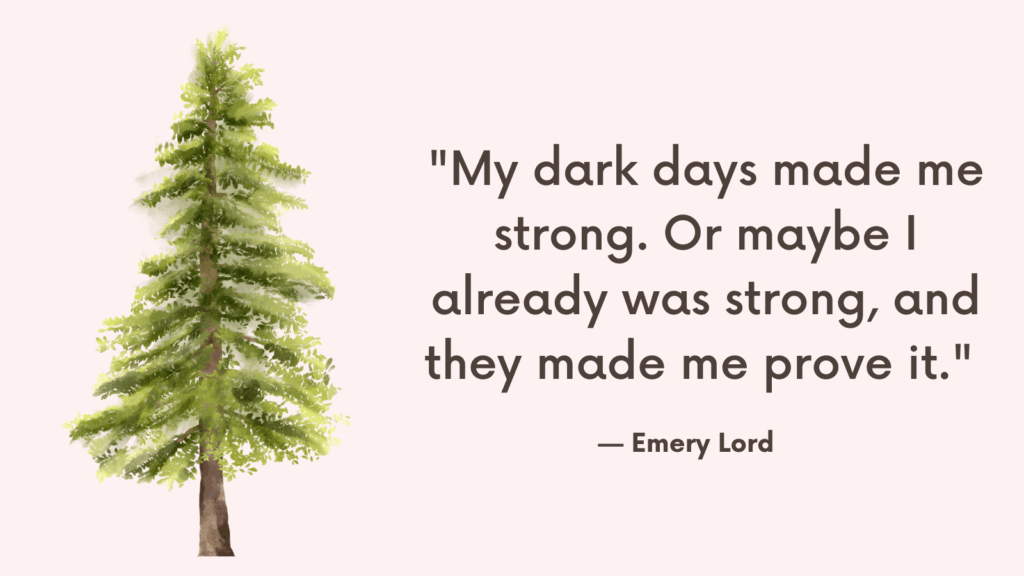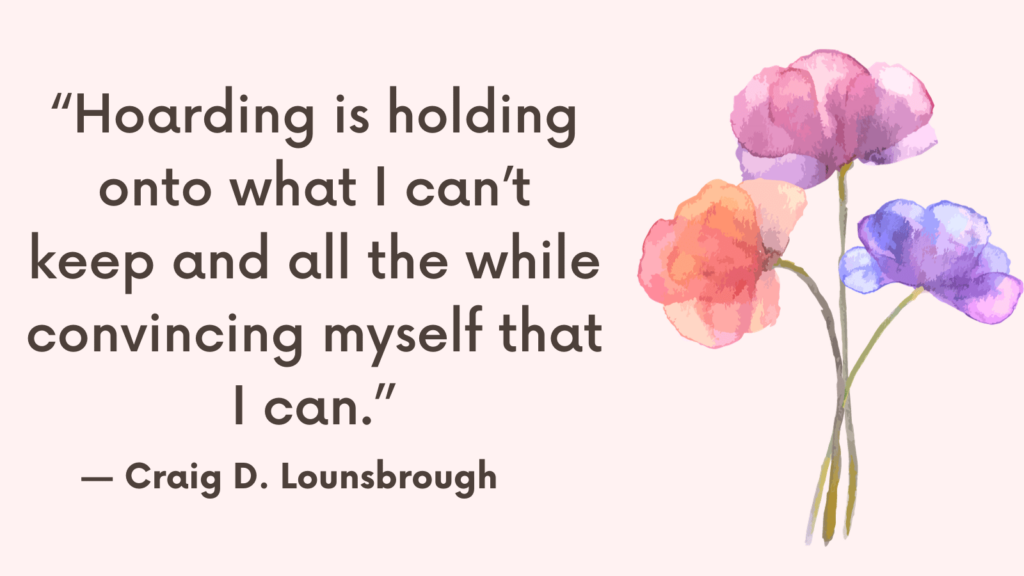Compulsive shopping and hoarding can appear similar from the outside — both involve the accumulation of items and difficulty managing possessions — but they are distinct conditions with different emotional drivers, behaviors, and outcomes. Understanding the difference is important for getting the right support.
Compulsive Shopping: The Urge to Acquire
Compulsive shopping, also known as compulsive buying disorder, is driven by the need to shop, spend, or acquire in order to relieve anxiety, cope with emotions, or boost mood. The shopping process itself — browsing, purchasing, anticipating — provides a temporary emotional high.
Key characteristics include:
- Frequent, impulsive purchases that may not be needed or used
- Feelings of guilt or regret after spending
- Shopping as a way to escape boredom, sadness, or stress
- Financial strain caused by repeated overspending
- Items may be discarded, returned, or forgotten
Compulsive shopping is more about the act of acquiring than keeping the items. The emotional relief is tied to the purchase itself, not necessarily the object.
Related: 6 Common Types of Hoarding
Hoarding: The Struggle to Let Go
Hoarding disorder centers around the inability to discard or part with possessions, regardless of their actual value. The emotional distress is not about buying — it’s about losing. People who hoard may shop often, but they also keep items from all sources: gifts, trash, freebies, hand-me-downs.
Key characteristics include:
- Strong emotional attachment to items, even if they’re not used
- Extreme distress at the thought of throwing things away
- Accumulated clutter that limits use of living spaces
- Beliefs that items are needed “just in case” or have personal meaning
- Isolation or shame related to the living environment
Hoarding is not driven by the thrill of acquiring, but by the deep emotional risk associated with letting go.
Where They Overlap
Some people experience both compulsive shopping and hoarding, especially if shopping becomes a way to cope with distress, and then hoarding prevents them from discarding what they buy. However, not all compulsive shoppers are hoarders, and not all people who hoard shop excessively.
Related: 8 Stages of Hoarding
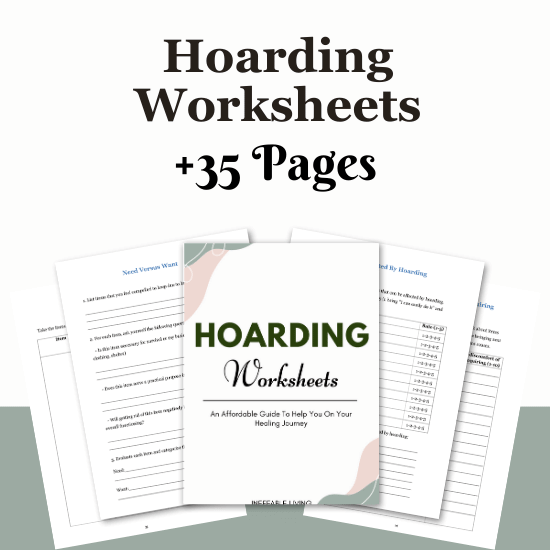
Conclusion
- Compulsive shopping is about seeking relief through acquiring
- Hoarding is about avoiding distress through keeping
- One centers on buying, the other on saving — both are rooted in emotional pain and deserve understanding, not judgment
Support for either condition begins with compassion, self-awareness, and access to tools that address the emotional patterns underneath the behavior.
